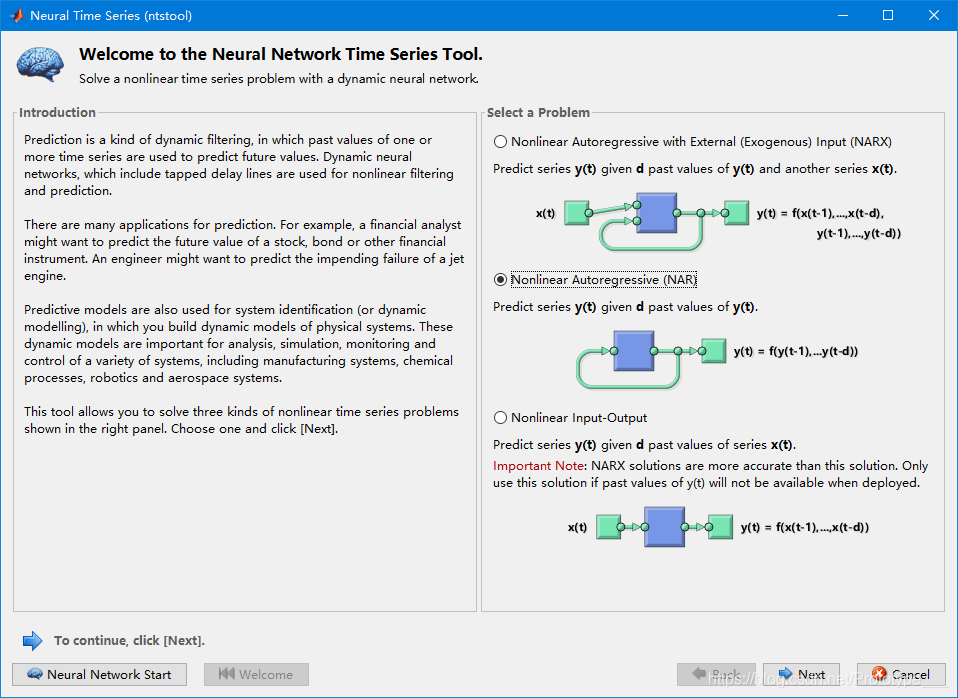什么是method?
function就是可以通过名字可以调用的一段代码,我们可以传参数进去,得到返回值。所有的参数都是明确的传递过去的。
method是function与对象的结合。我们调用一个方法的时候,有些参数是隐含的传递过去的。下文会详细介绍。
instancemethod
In [5]: class Human(object): ...: def __init__(self, weight): ...: self.weight = weight ...: def get_weight(self): ...: return self.weight ...: In [6]: Human.get_weight Out[6]: <unbound method Human.get_weight>
这告诉我们get_weight是一个没有被绑定方法,什么叫做未绑定呢?继续看下去。
In [7]: Human.get_weight() --------------------------------------------------------------------------- TypeError Traceback (most recent call last) /home/yao/learn/insight_python/<ipython-input-7-a2b2c5cd2f8d> in <module>() ----> 1 Human.get_weight() TypeError: unbound method get_weight() must be called with Human instance as first argument (got nothing instead)
未绑定的方法必须使用一个Human实例作为第一个参数来调用啊。那我们来试试
In [10]: Human.get_weight(Human(45)) Out[10]: 45
果然成功了,但是一般情况下我们习惯这么使用。
In [11]: person = Human(45) In [12]: person.get_weight() Out[12]: 45
这两种方式的结果一模一样。我们看下官方文档是怎么解释这种现象的。
When an instance attribute is referenced that isn't a data attribute, its class is searched.
If the name denotes a valid class attribute that is a function object, a method object is
created by packing (pointers to) the instance object and the function object just found together
in an abstract object: this is the method object. When the method object is called with an
argument list, a new argument list is constructed from the instance object and the argument list,
and the function object is called with this new argument list.
原来我们常用的调用方法(person.get_weight())是把调用的实例隐藏的作为一个参数self传递过去了, self 只是一个普通的参数名称,不是关键字。
In [13]: person.get_weight Out[13]: <bound method Human.get_weight of <__main__.Human object at 0x8e13bec>> In [14]: person Out[14]: <__main__.Human at 0x8e13bec>
我们看到get_weight被绑定在了 person 这个实例对象上。
总结下
- instance method 就是实例对象与函数的结合。
- 使用类调用,第一个参数明确的传递过去一个实例。
- 使用实例调用,调用的实例被作为第一个参数被隐含的传递过去。
classmethod
In [1]: class Human(object): ...: weight = 12 ...: @classmethod ...: def get_weight(cls): ...: return cls.weight In [2]: Human.get_weight Out[2]: <bound method type.get_weight of <class '__main__.Human'>>
我们看到get_weight是一个绑定在 Human 这个类上的method。调用下看看
In [3]: Human.get_weight() Out[3]: 12 In [4]: Human().get_weight() Out[4]: 12
类和类的实例都能调用 get_weight 而且调用结果完全一样。
我们看到 weight 是属于 Human 类的属性,当然也是 Human 的实例的属性。那传递过去的参数 cls 是类还是实例呢?
In [1]: class Human(object): ...: weight = 12 ...: @classmethod ...: def get_weight(cls): ...: print cls In [2]: Human.get_weight() <class '__main__.Human'> In [3]: Human().get_weight() <class '__main__.Human'>
我们看到传递过去的都是 Human 类,不是 Human 的实例,两种方式调用的结果没有任何区别。cls 只是一个普通的函数参数,调用时被隐含的传递过去。
总结起来
- classmethod 是类对象与函数的结合。
- 可以使用类和类的实例调用,但是都是将类作为隐含参数传递过去。
- 使用类来调用 classmethod 可以避免将类实例化的开销。
staticmethod
In [1]: class Human(object): ...: @staticmethod ...: def add(a, b): ...: return a + b ...: def get_weight(self): ...: return self.add(1, 2) In [2]: Human.add Out[2]: <function __main__.add> In [3]: Human().add Out[3]: <function __main__.add> In [4]: Human.add(1, 2) Out[4]: 3 In [5]: Human().add(1, 2) Out[5]: 3
我们看到 add 在无论是类还是实例上都只是一个普通的函数,并没有绑定在任何一个特定的类或者实例上。可以使用类或者类的实例调用,并且没有任何隐含参数的传入。
In [6]: Human().add is Human().add Out[6]: True In [7]: Human().get_weight is Human().get_weight Out[7]: False
add 在两个实例上也是同一个对象。instancemethod 就不一样了,每次都会创建一个新的 get_weight 对象。
总结下
- 当一个函数逻辑上属于一个类又不依赖与类的属性的时候,可以使用 staticmethod。
- 使用 staticmethod 可以避免每次使用的时都会创建一个对象的开销。
- staticmethod 可以使用类和类的实例调用。但是不依赖于类和类的实例的状态。
本文用实例分析Python中method的参数传递过程到此结束。有一则谚语说,绵羊每咩咩叫上一次,它就会失掉一口干草,如果你的心态是沉重的,总是抱怨你的苦恼,那么每说一次你便失掉一个快乐的机会。小编再次感谢大家对我们的支持!





